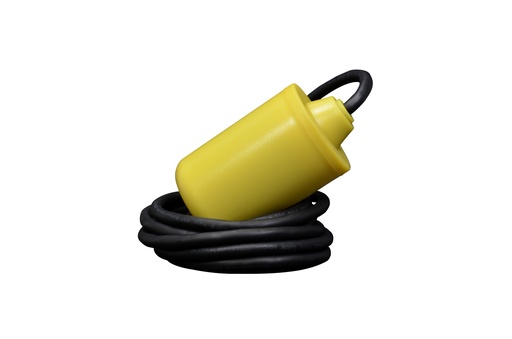Picture this: you're peacefully relaxing in your cozy basement oasis, surrounded by all the things you love – the big-screen TV, your cherished vinyl collection, and that comfortable couch you sink into after a long day. Suddenly, disaster strikes! Torrential rains or an unexpected plumbing mishap turn your beloved haven into a murky, foul-smelling mess. Yuck!
But fear not! With the help of the sewage ejector pump, you can transform your basement from a potential disaster zone into a fortress of protection. It's time to equip yourself with the knowledge and tools to prevent flooding, keep your basement dry, and maintain your peace of mind.
We're diving deep into the world of sewage ejector pumps today, and trust us, it's a topic that's far from... well, glamorous. But hold your nose, because we're about to show you how this unsung hero can save your basement from watery disasters and keep those unwanted sewage surprises at bay! Don't worry, we promise to make it as exciting and personable as possible – no rubber gloves required!
What is a Sewage Ejector Pump?
A sewage ejector pump is a type of pump used to move wastewater and sewage from a building's lower level to a higher-level sewage system. It's commonly used in basement bathrooms, laundry rooms, and other areas of a building that are below the level of the main sewer line.
The pump is installed in a pit or basin below the level of the building's plumbing fixtures. When wastewater or sewage enters the pit, the pump activates and pumps the waste up and out of the pit and into the main sewer line.
What can Sewage Ejector Pumps Handle?
Sewage ejector pumps are typically designed to handle solids up to a certain size, and they may include features such as built-in grinders or macerators to break down larger solids before pumping. They are an essential component of many buildings' plumbing systems, especially those with lower-level fixtures.

The Importance of the Sewage Ejector Pit Float Switch
A sewage ejector float is a device used in conjunction with a sewage ejector pump to regulate the level of wastewater in a pump pit or basin. The float is typically made of a buoyant material and is attached to the pump by a rod or tether.
As wastewater enters the pit, the float rises with the water level. When the float reaches a certain height, it triggers the pump to turn on and begin pumping the wastewater out of the pit and into the main sewer line. Once the water level in the pit drops below a certain point, the float lowers and turns off the pump.
The sewage ejector float is an essential component of the sewage ejector system, as it ensures that the pump only operates when there is a sufficient amount of wastewater to be pumped out. Without the float, the pump could run continuously and burn out, leading to costly repairs or replacements.

And that's a wrap on our exploration of sewage ejector pumps and sewage ejector pit float switch! We hope you found this journey as eye-opening and informative as we did.
But here's the thing: we've only just scratched the surface. There's so much more to learn and explore when it comes to basement protection. Whether you're considering getting a sewage ejector pump or you want to know how to maintain and optimize the one you already have, there's a world of knowledge waiting for you.
If you're eager to dive deeper into the realm of basement safeguarding, we've got your back. Join our blog community, subscribe to our newsletter, and stay tuned for future articles that break down the nitty-gritty details of choosing the right pump, troubleshooting common issues, and maximizing the longevity of your system.